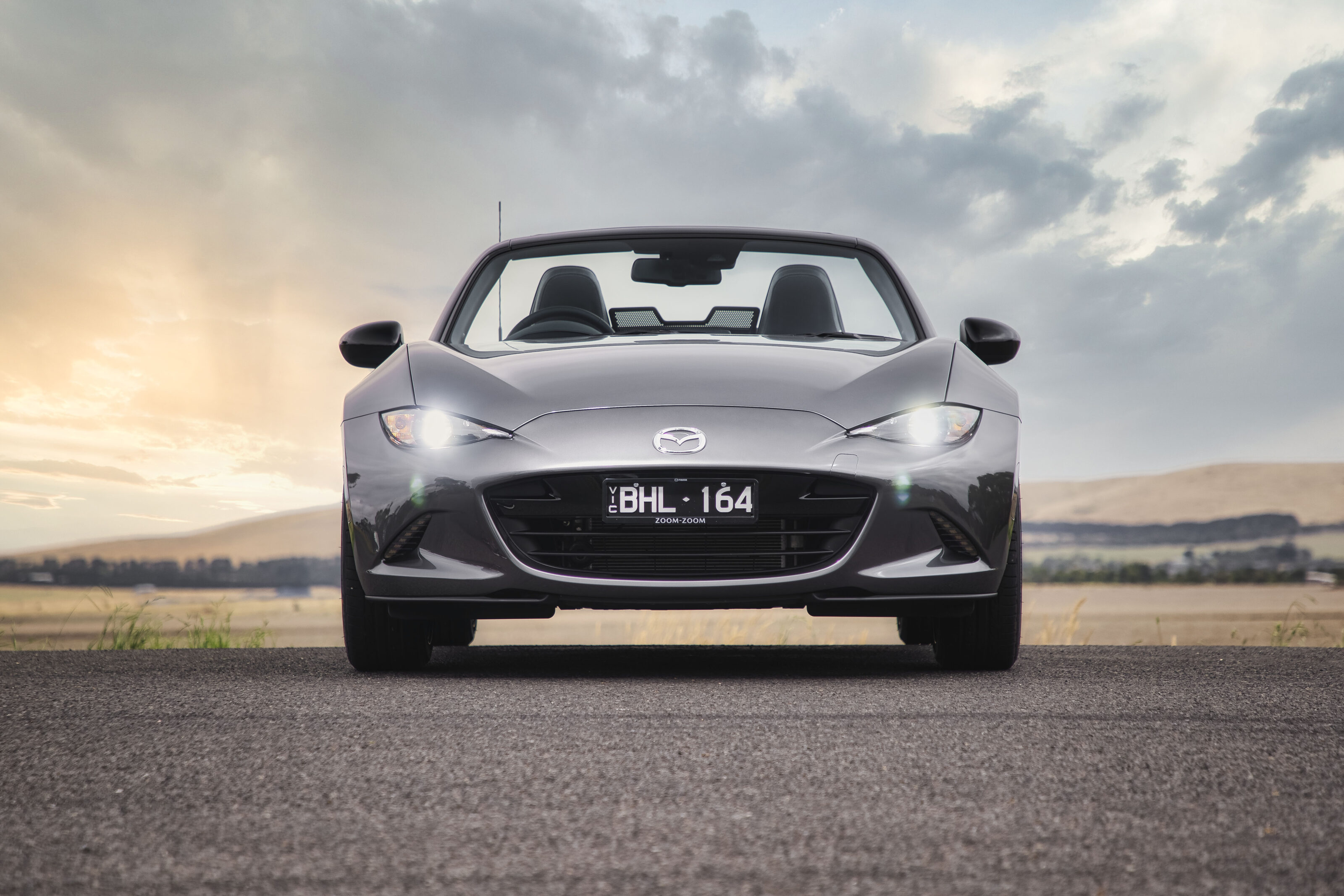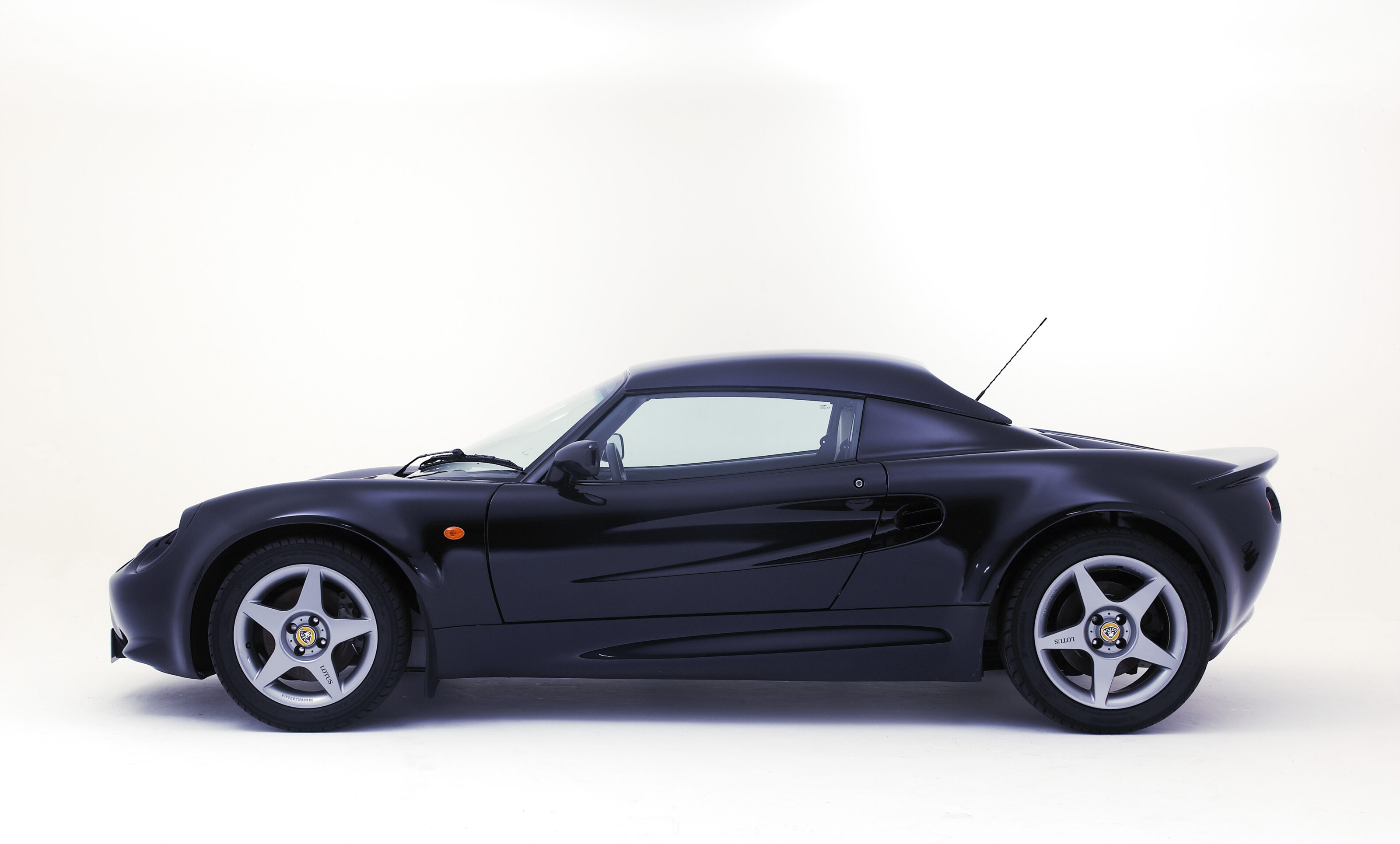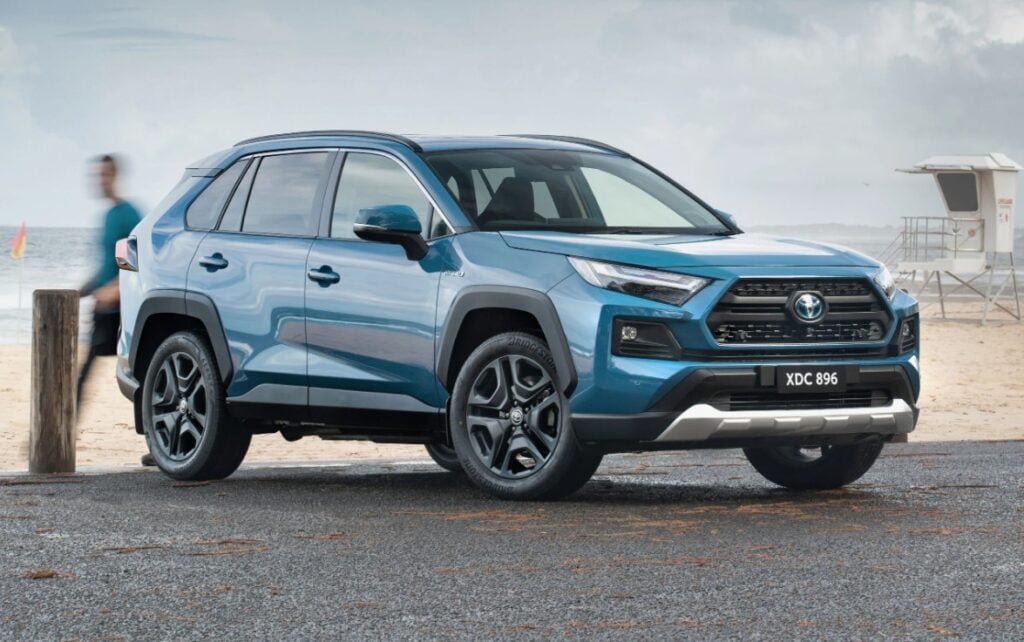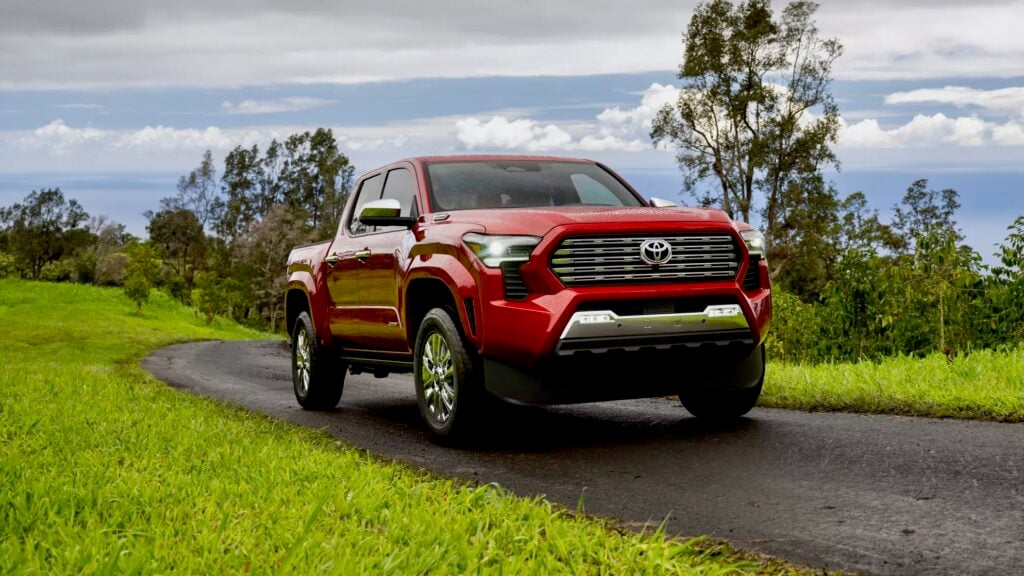When the curtains dropped on the original Lotus Elise at the Frankfurt Motor show in 1995, it debuted the brand’s biggest step-change in focus since the revolutionary Type 75 Elite of the 1970s.
The Elise, named after the granddaughter of Lotus and Bugatti Chairman, Romano Artioli, was a watershed model for the niche British marque. At half the price of the Series 2 Elan, and a third of a new Esprit, the Elise would go on to become Lotus’ most successful model ever and sparked a lineage that would endure more than two decades and three vehicle generations.
Today, we cast gaze over the Series 1 cars, produced from 1996 as the genesis of the modern Lotus era, and arguably securing its survival to this day.
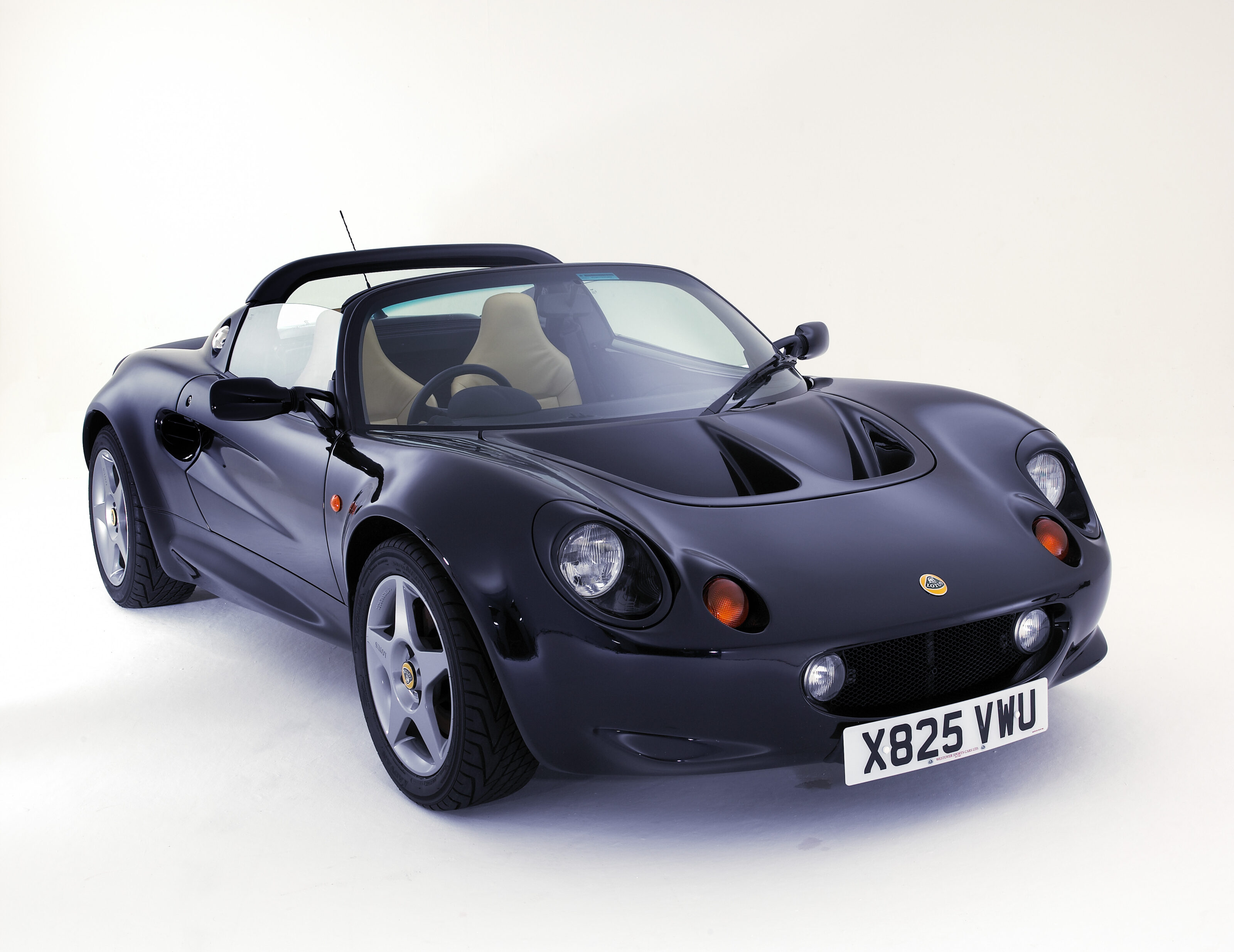
Beyond its lauded dynamics, the original Elise was a technical pioneer, too. With a kerb weight of less than 750kg, the Elise championed an innovative epoxy-bonded anodised aluminium chassis, over which a fibreglass body was fitted in place, suspended by double wishbones front and rear. The only places you’ll find steel within the car are the roll bar, galvanised rear subframe and bonded-in suspension mounts.
Rover 1.8-litre K-Series engines were initially adopted from the MGF and, despite their age, seemed well-suited to the racy Elise with their double overhead cams, 16 valves and aluminium construction. Mustering up just 88kW, the Lotus’ lithe kerb weight allowed for a brisk sprint of around 5.9-seconds from 0-100km/h and 100-0km/h in about 3.5 seconds.
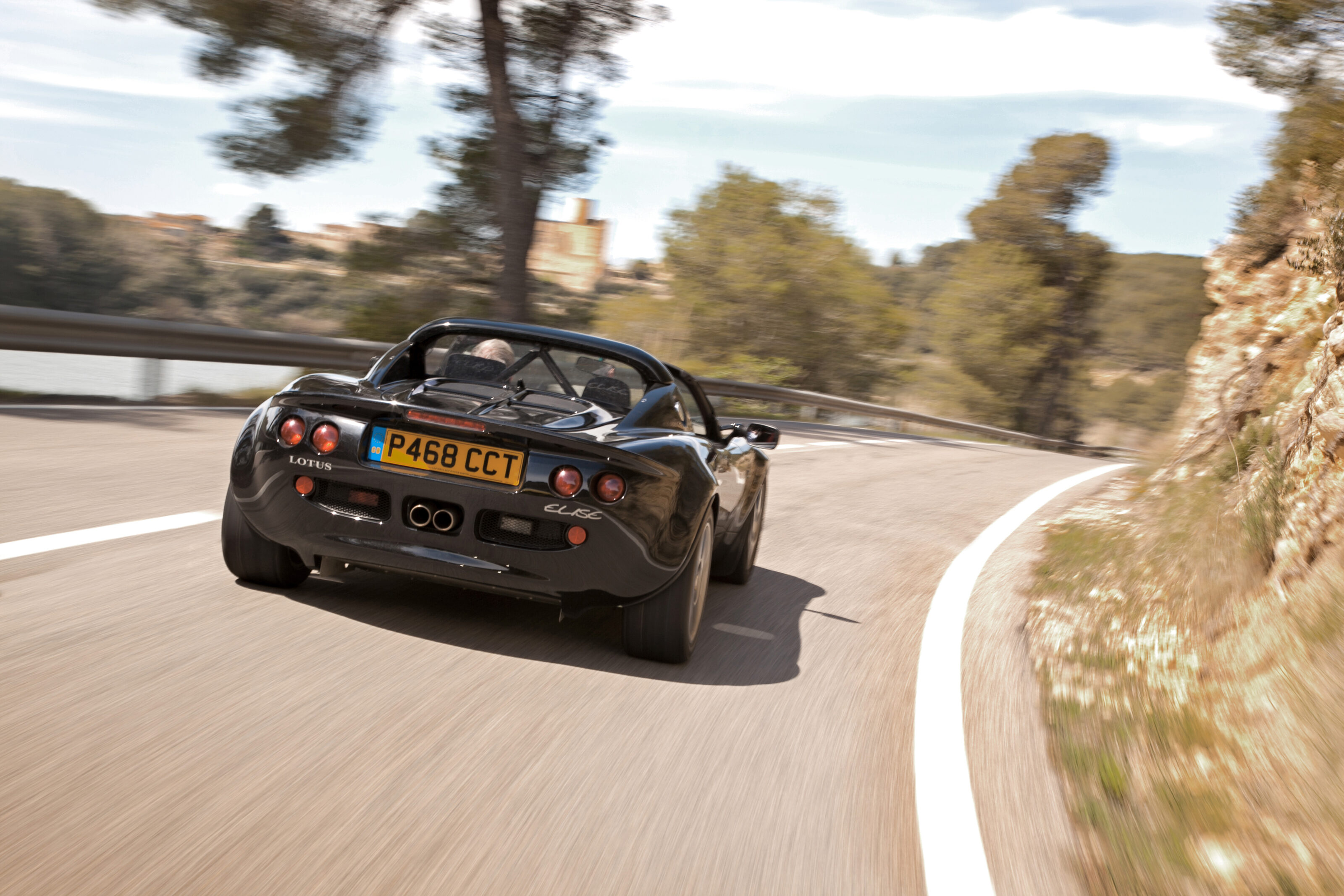
The Elise launched at a pivotal time for Lotus, with Malaysian carmaker Proton purchasing majority shares in 1996, following years of financial turmoil and various changes in ownership between Toyota, GM and a Luxembourg-based trust led by Artioli.
As enthusiasts increasingly seek to preserve a piece of analogue motoring under the twilight of internal combustion, the original Elise offers an incredible driving experience and great value in the context of a red hot used car market. It will be remembered as the most pivotal model in securing Lotus’ future.
Essential Checks
In The Market
There were myriad upgraded variants throughout production, along with more than a few limited editions. The general advice, however, is to buy an Elise primarily based on condition rather than outright specification.
The 111S introduced Rover’s VVC variable cam timing, lifting power to 107kW. The Series 1 Exige launched in 2000, based on the Elise with a fixed roof and featuring a VHPD (Very High Performance Derivative) version of the trusty 1.8-litre Rover K producing 132kW.
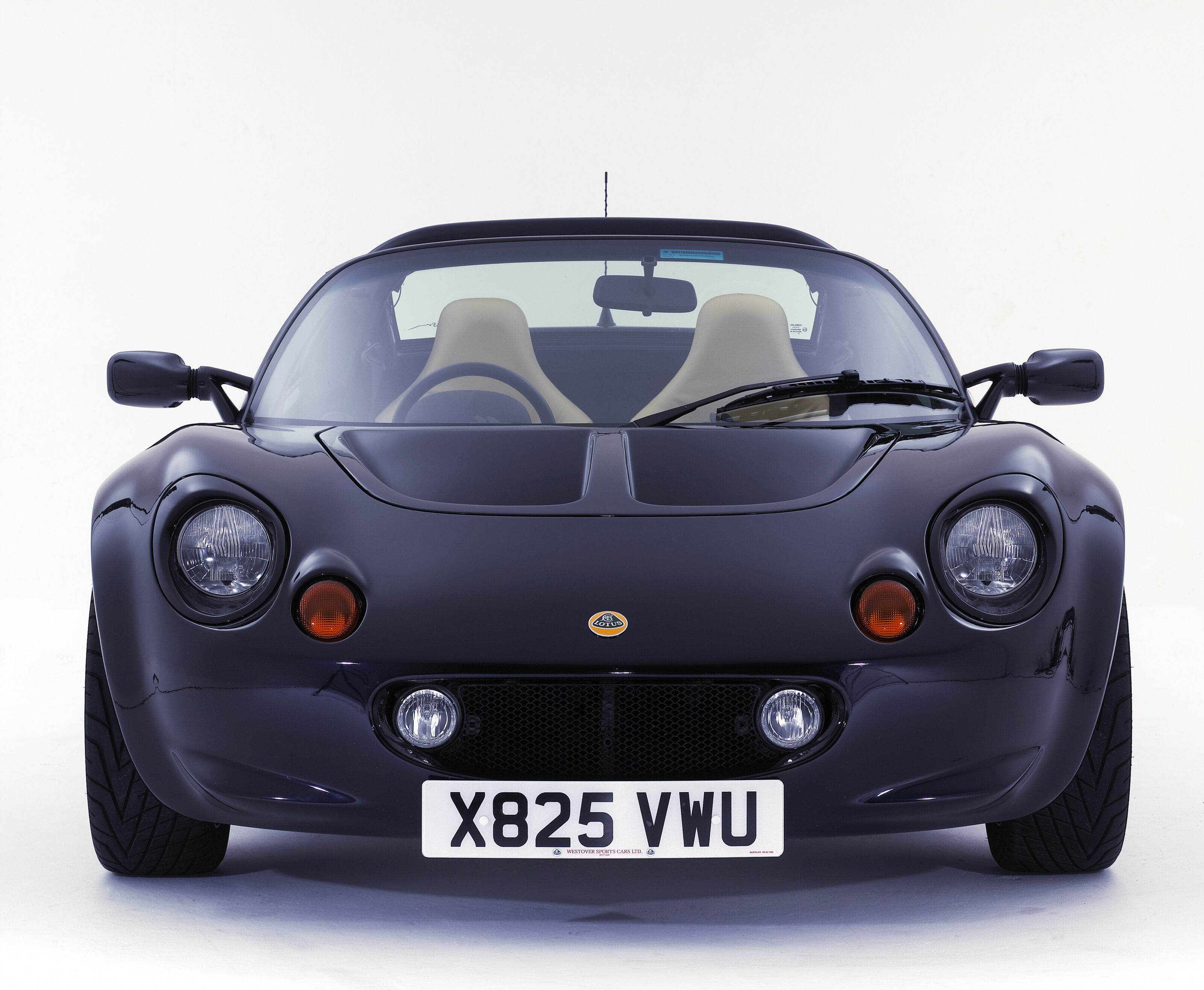
Racier Sport 135, 160 and 190 editions were also produced in limited numbers and are markedly rarer on the local market. It’s believed that just five Sport 190s were delivered to Australia.
A satellite factory in Malaysia, operated by Proton owners, produced Elise S1s from knock-down kits, painted at Hethel prior to export. Malaysian-built cars were exported to Australia and can be identified by a ‘B’ suffix located in the 11th position of the VIN, while original Hethel-built cars are stamped with an ‘H’.
Body & Chassis
Soft fabric roofs are flimsy and prone to breaking around the security mechanism, hardtop roofs are more durable but generate cabin noise and were never completely waterproof.
The bespoke nature of their fibreglass bodies also means that panel gaps can be inconsistent. When inspecting for prior accident damage, pay closer mind to the aluminium chassis. Much of it is visible from the interior, but also inspect underneath the car for ripples in the aluminium, and for corrosion on the steel rear subframe. Owner advice says to avoid cars with any frame or chassis damage.
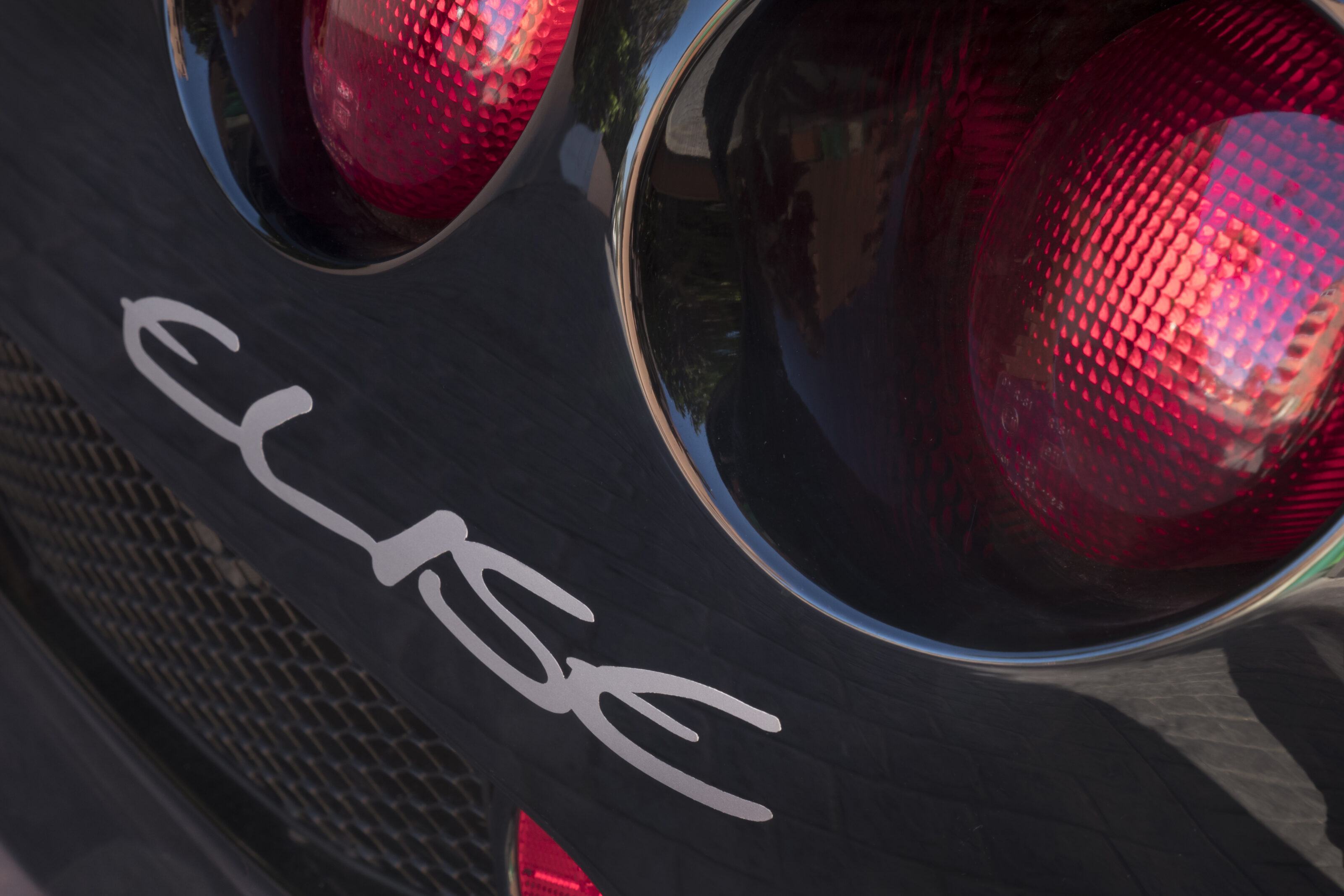
Engine & Transmission
The Rover K-Series has a bad reputation for head-gasket failure, so check the oil filler cap for ‘mayonnaise’ which forms as water condenses (not a problem), or when water and oil mix (very much a problem). The small capacity water-cooling system can leak from ageing plastic radiator end caps, inspect for leaks before and after test driving.
Servicing should occur annually or every 15,000kms, while cambelt replacement intervals occur every 80,000kms (more frequently in sportier variants).
A poor gear shift action may signal worn linkages or synchromeshes that need replacing.
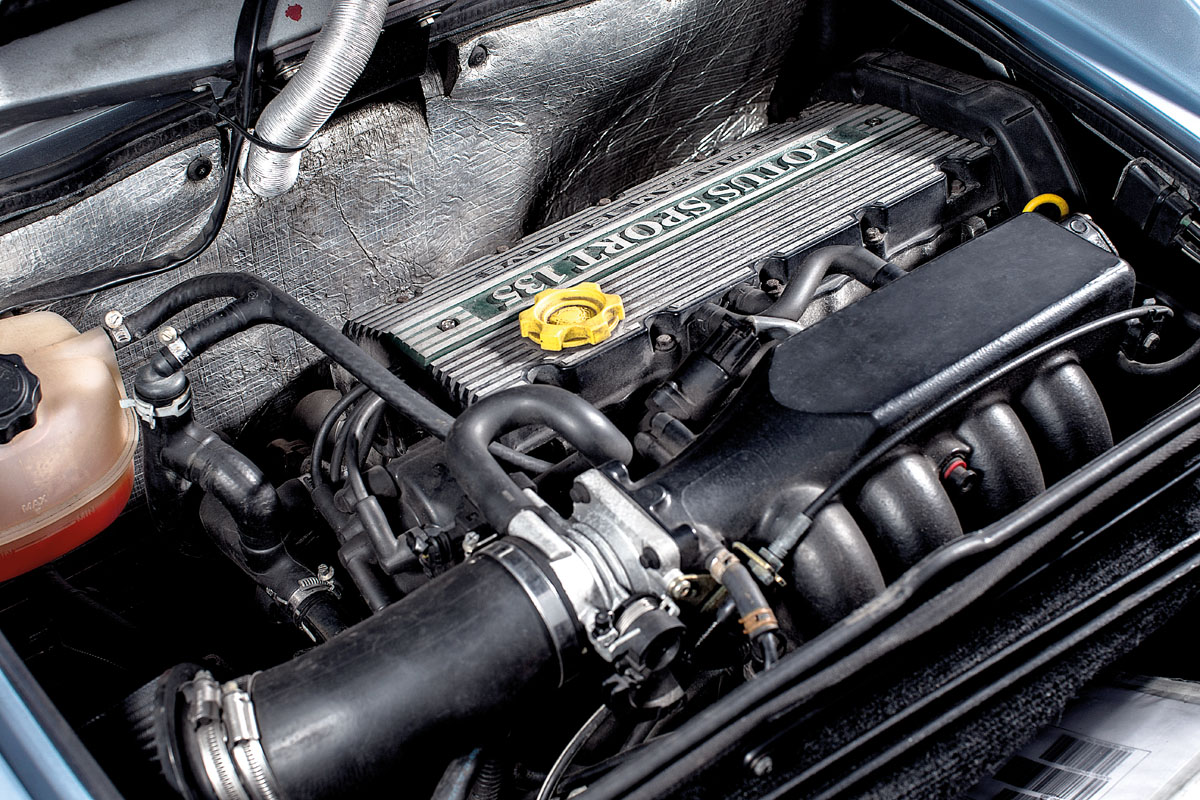
Suspension & Brakes
Rear toe links, ball joints and dampers are the most prone to wear, although the Elise is said to still handle well even with tired bushings.
The bespoke nature of the epoxy-bonded chassis means that any damage to suspension mounts will require significant and costly specialist repairs.
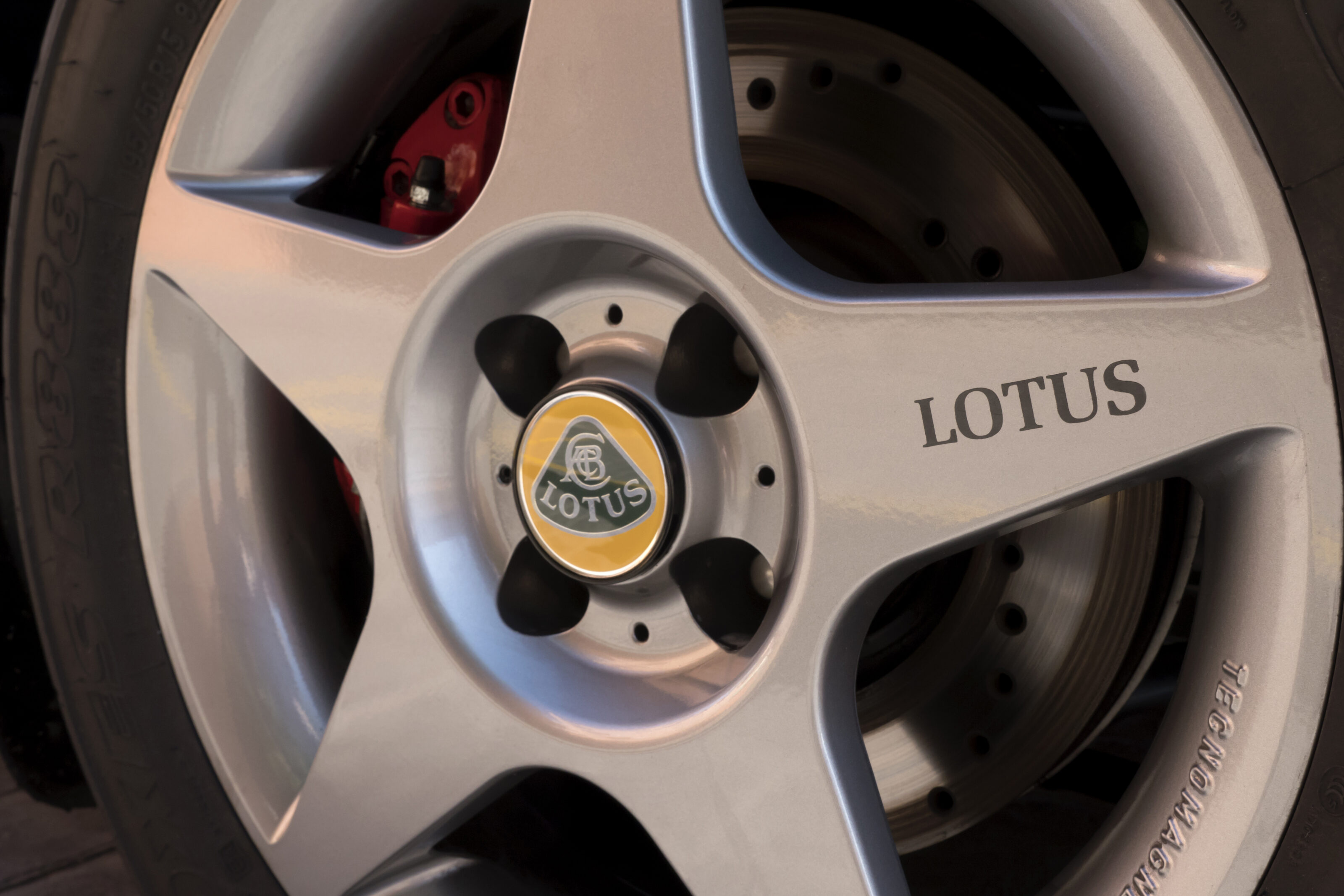
Interior & Electronics
Air vents placed atop the dash source air from forward facing inlets. As a result, dust and small debris is prone to being spat at you within the cabin. Fine mesh over the air inlet vent helps minimise dust, although owners suggest that regular cleaning of your dashtop is simply inescapable.
Window winders can also grow stiff from ageing and warped runners. A usually simple fix is made far more complicated by the Elise’s bonded doors.
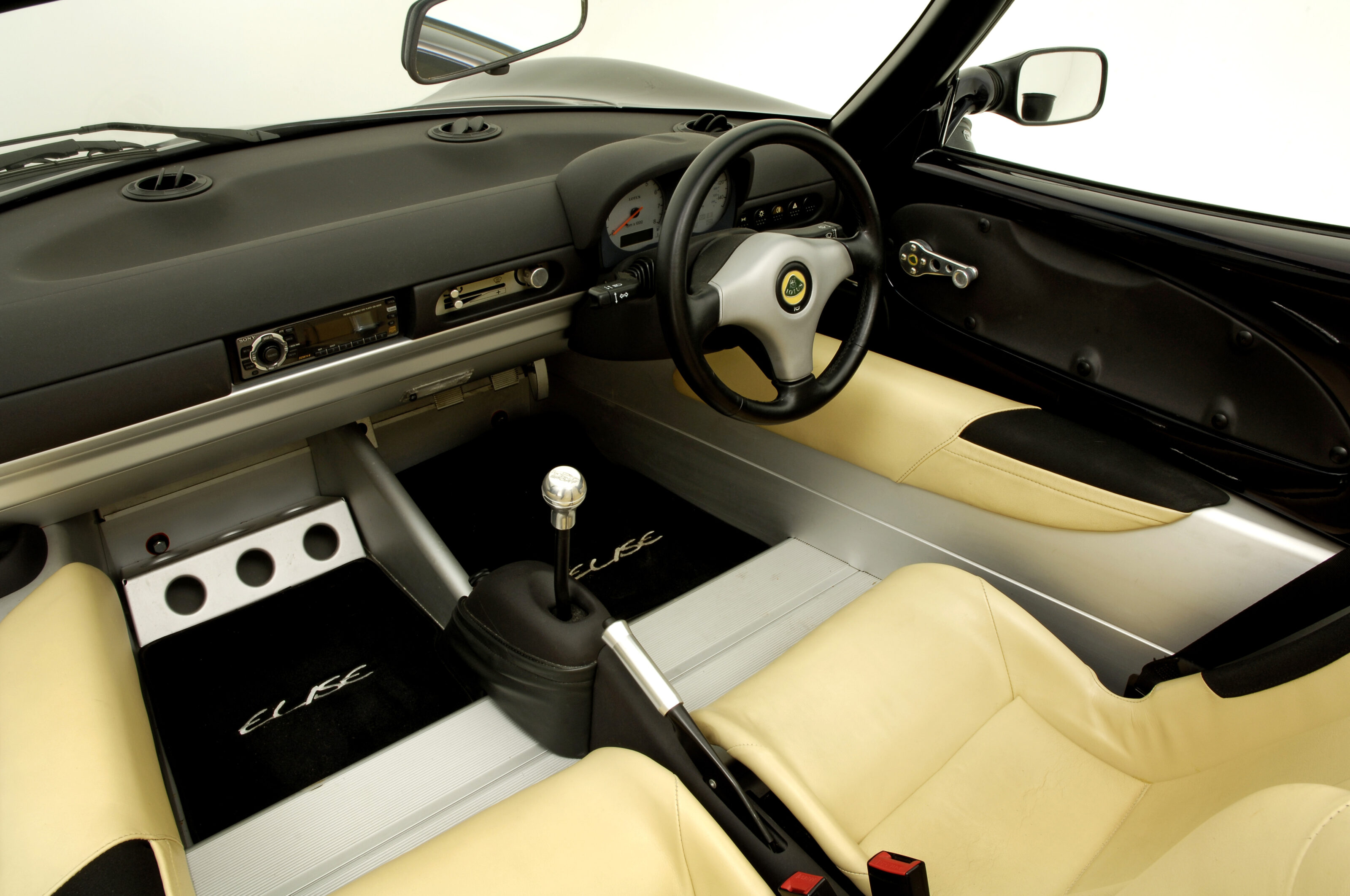
Lotus Elise S1 specs
Three other options you may consider
The Obvious: Caterham Super 7
A faithful rendition of Lotus’ original Seven, built by Caterham since the early ’70s. They embody Colin Chapman’s original vision and are around $50k (when they appear).
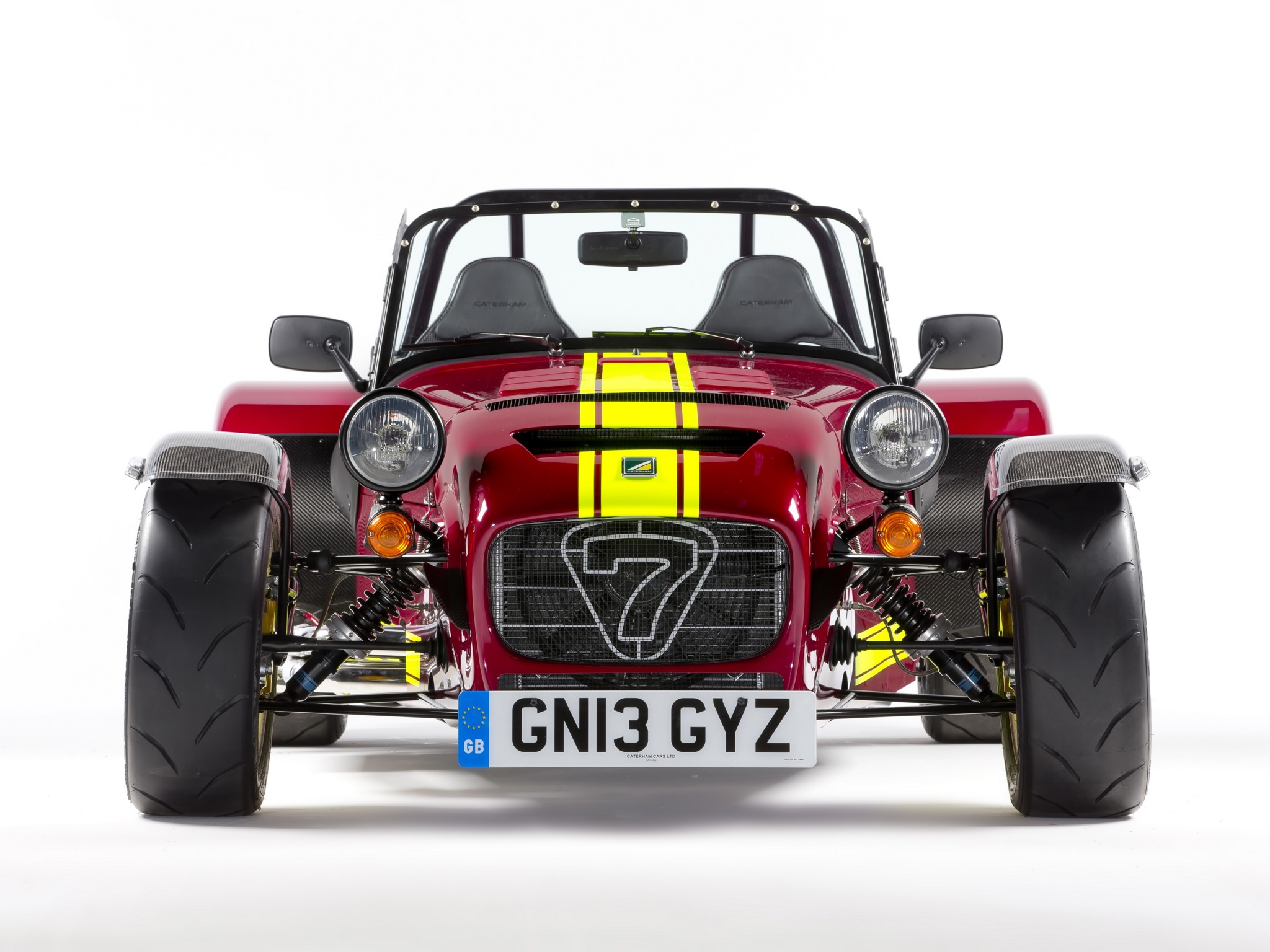
The Unexpected: Porsche Boxster 986/987 Boxster
Porsche’s early Boxsters offer a fantastic drive bundled with keen value. Early manual 986s begin at mid-20s while 987s can easily be had for $50k and change.
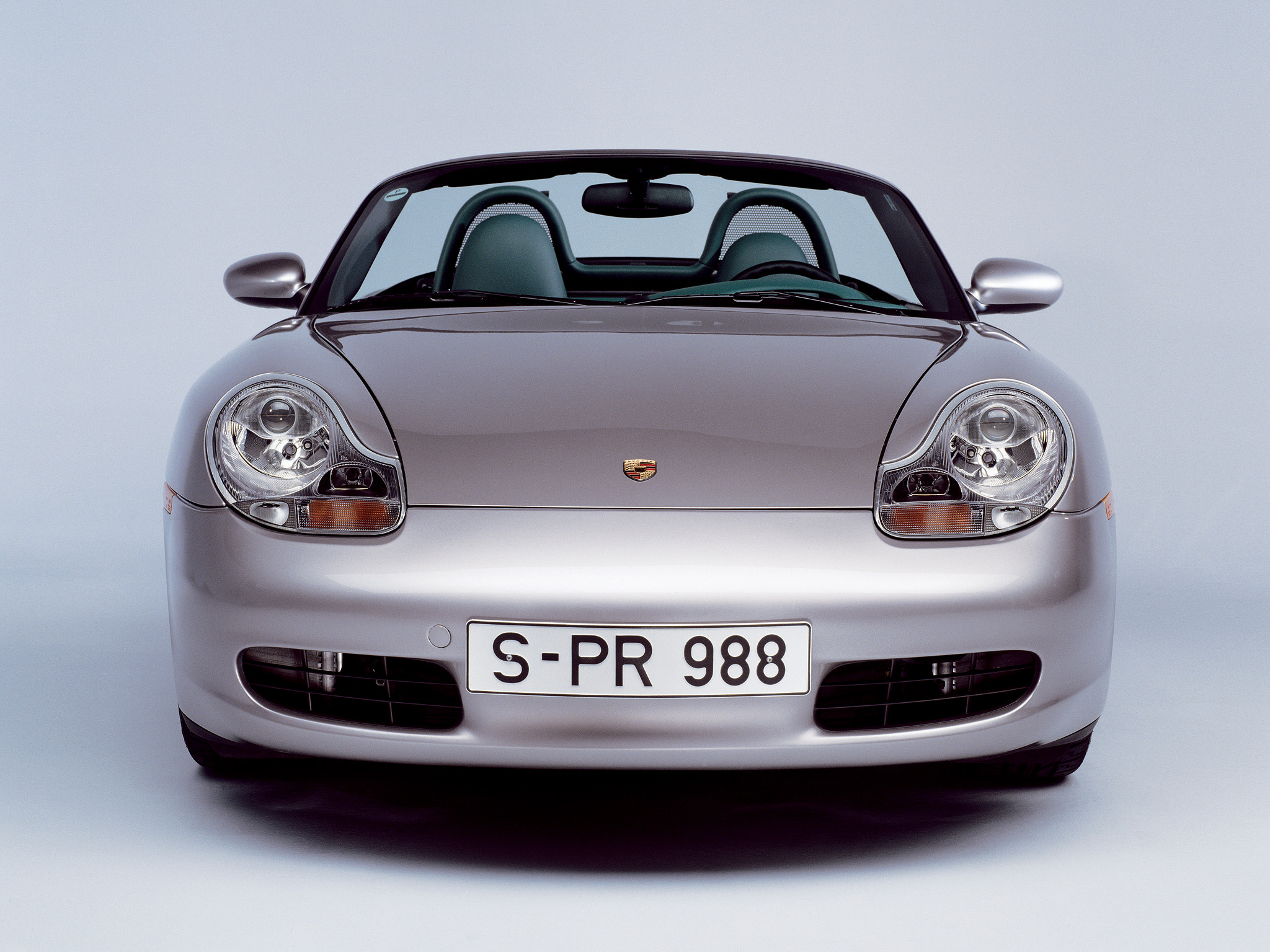
The Oddball: Mazda MX-5 GT RS
Want the driving experience and the new car experience? Ask Trent Giunco just why we love the MX-5 GT RS so much. It is absolutely sublime at any speed.
